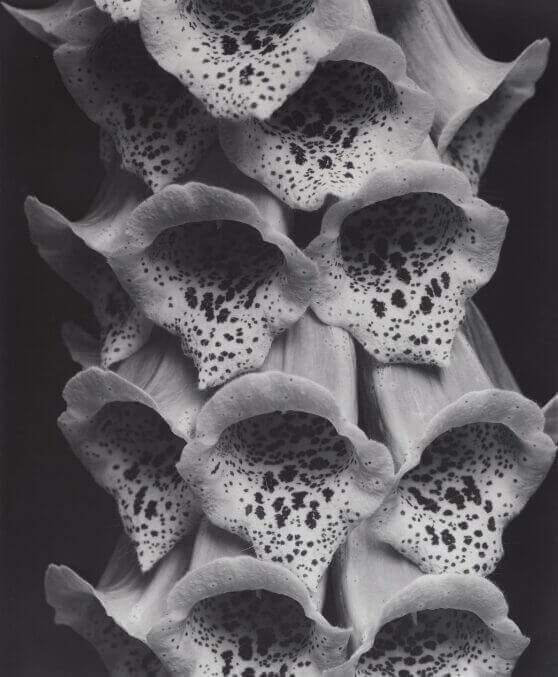Steichen Edward
Edward Steichen’s legacy in the world of photography is both monumental and multifaceted, reflecting a career that spanned several decades and fundamentally transformed the art form. Born in Luxembourg in 1879, Steichen immigrated to the United States with his family in 1881, settling in Milwaukee, Wisconsin. His early interest in art led him to study painting and photography, and by the early 20th century, he became a pivotal figure in the development of photography as a modern art form.
Steichen’s work in the early 1900s was characterized by a unique artistic vision that blended elements of abstraction with sensuality. His portfolio from this period includes sensitive closeups of flowers and still lifes, where mundane objects are transformed into abstract forms through his masterful use of lighting. His New York scenes present a vision of architecture that oscillates between abstraction and the tactile, reflecting his ability to see beyond the ordinary.
One of the significant milestones in Steichen’s career was his role as chief photographer for Condé Nast from 1923 to 1938. During this time, he revolutionized fashion photography, elevating it to an art form in its own right. His portraits of celebrities, such as actor, singer, and activist Paul Robeson (1933) and actress Greta Garbo (1928), have become iconic images, capturing the essence of these figures with striking intensity.
In 1947, Steichen became the director of photography at the Museum of Modern Art (MoMA) in New York City. In this role, he played a crucial part in institutionalizing the medium’s legacy, curating groundbreaking exhibitions that showcased the power of photography as a tool for personal expression and cultural commentary.
The lasting impact of Steichen’s work is evident in the “Twenty-five Photographs,” a collection curated posthumously by his second wife, Johanna Steichen. This collection, printed by master printer George Tice, highlights themes central to Steichen’s work, such as “Powerful People,” “Glamour,” “Artists,” and “Nature.” These works reflect Steichen’s unique vision and his commitment to photography as a medium of personal expression, a notion shared by his contemporaries like Alfred Stieglitz and Gertrude Käsebier.
Steichen passed away in 1973, leaving behind a legacy that continues to influence photographers and artists worldwide. His work not only defined the standards of photographic excellence but also paved the way for future generations to explore the medium’s artistic potential.
